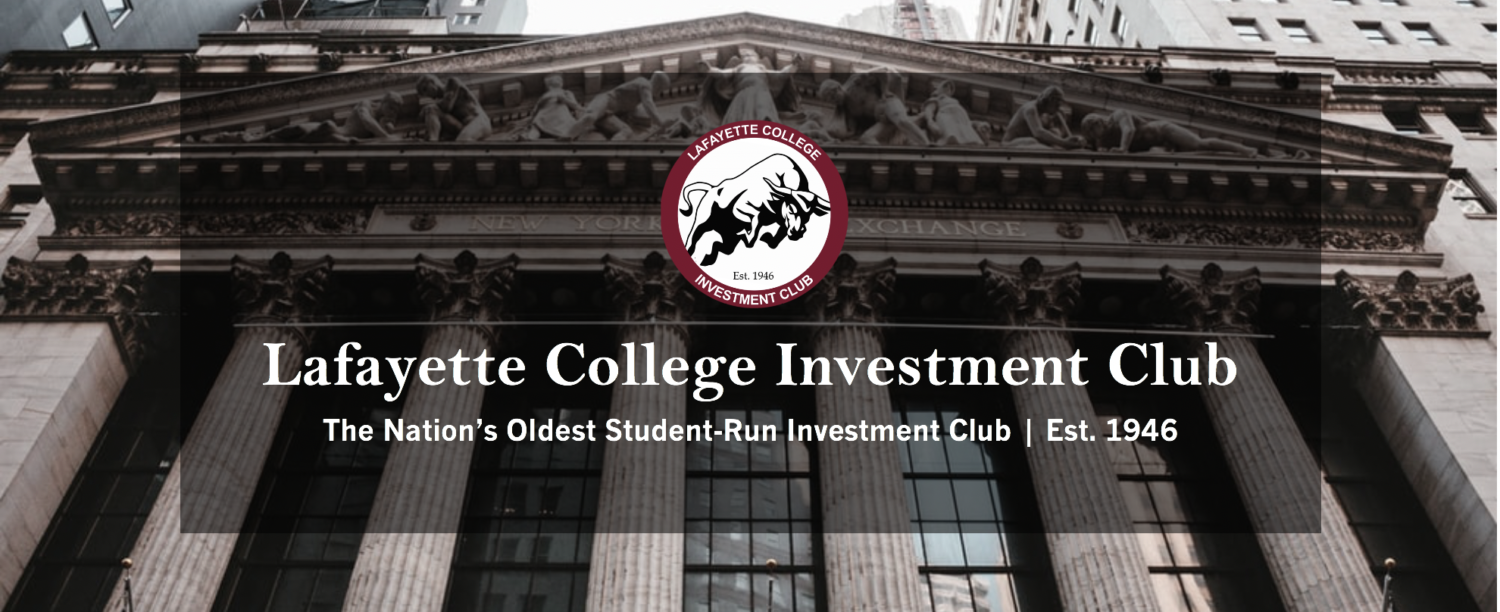Co-President Shaan Shuster ‘23, Vice President Alexandra Borik ’23, and Hank Skatoff ‘25 delivered this week’s market update. The S&P 500 and NASDAQ 100 were up by less than half a percent over their respective 5-day performances and each has had significantly negative performances over the 1 year range, -8.76% and -14.18% respectively. The yield curve, which denotes the yield of different tenors of US Treasury Bills, is extremely inverted with the 6m tenor around 5%. The front end of the curve is typically guided by FED decisions surrounding rate hikes, which is a very prevalent topic right now in the economy.
On Thursday March 2nd, FED Govenor Christopher Waller publicly stated, “inflation is not going down as fast as I had thought”, indicating that he may be open to larger rate hikes due to recent data on household spending, employment, and CPI. Jobless claims have stayed below 200,000 for the 7th week in a row and this proven strength of the labor market can push the FED to keep rates higher for longer. Additionally, the 10-Year Treasury bond is above 4% for the first time since October which is also its highest level in more than a decade. Yields are projected to go as high as 4.5-4.75% if bond selling continues.
In other recent news, Pfizer is in talks to acquire Seagen, a biotech firm with a market value of $30 billion, Amazon is expanding ultrafast delivery options, Twitter conducted another round of job cuts, and Warren Buffet was optimistic about the U.S. economy’s resilience in his annual letter to investors.
ESG Analyst Julia Daly ‘24 presented an ESG Sector Update. Standing for Environmental, Social, and Governance, ESG provides a framework for investors and is a risk management tool. From an investment standpoint, ESG can improve investment results, and from an individual standpoint, ESG can assist investors in reflecting their values within the corporate space.
MSCI ESG Ratings range from triple C to triple A and are designed to measure companies resilience to ESG risk. The club’s ESG requirements, which were voted upon in Spring of 2022, are to automatically sell B/CCC ratings and to not buy BB ratings or below, with an exception of being allowed to continue holding BB ratings.
Using normalized weights to produce portfolio weighted ESG scores, Julia calculated the club’s ESG profile to be A (average). The club has two required sell pitches, Expedia Group (EXPE) and Sea Limited (SE), due to their B ratings.
Head Analyst Alex Hunter ‘24 and Financials Analyst Aykut Ugurlar ‘24 presented several options for the club to vote upon regarding portfolio strategy. An investment strategy would help rebalance our portfolio as the stock market rebalances, prevent over/under exposures, provide guidance and education benefits, and require more due-diligence in buy and sell pitches. Headwinds to an investment strategy includes limited asset classes, more attentiveness needed amongst analysts and the board, regular rebalancing, and working with allocation strategies that may not fit market conditions.
Compared to the indices, our portfolio is most aligned to the Dow Jones. Three main takeaways were highlighted when deciding our investment strategy: we are focused on returns and providing educational benefits to the club, a strategy similar to the DJIA may be beneficial because of its fewer companies and better picks, and dividends are also essential to the club to fund our weekly meetings.
Alex and Aykut then presented 3 strategies. Strategy 1 incorporates materials and bonds, is similar to the S&P and DJIA, and provides significant educational benefits. Strategy 2 is more defensive, is 80/20 (80% equities and 20% bonds), and is comprised of 10% technology, which the club may find to be overvalued. Strategy 3 is a combination of the two previous strategies with a greater focus on established industries and protecting the club from poorer picks.
Three additional proposals for the club were also posed. Proposal 1 would introduce ETF’s into the portfolio with the restrictions of being less than 35% of the holdings and not total market ETF’s. Proposal 2 would cap the number of positions in the portfolio to 45. Finally, Proposal 3 would only allow positions of more than $6000 in initial investment into the portfolio.
The club voted in favor of Strategy 1, Proposal 1, and Proposal 3.
